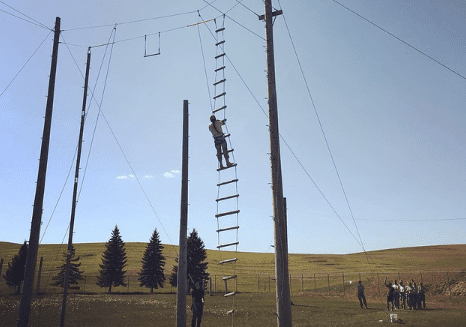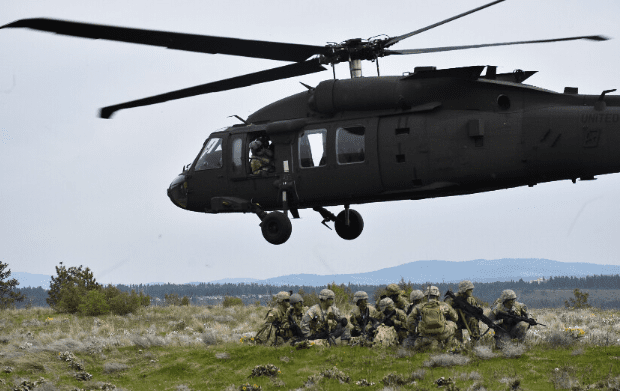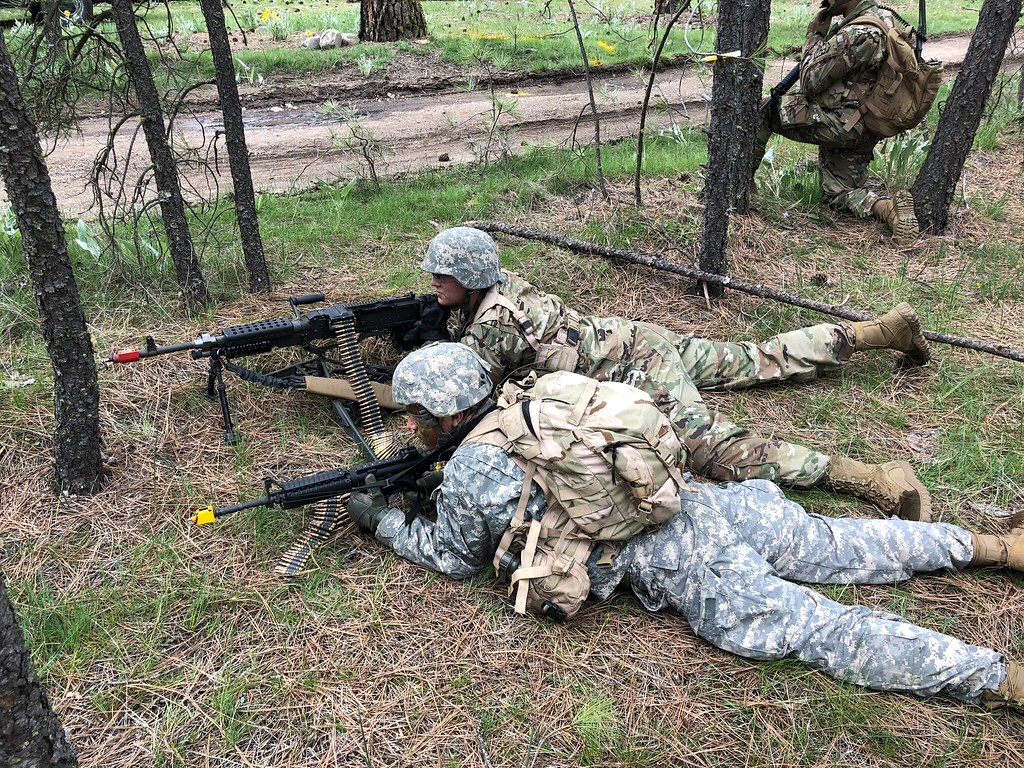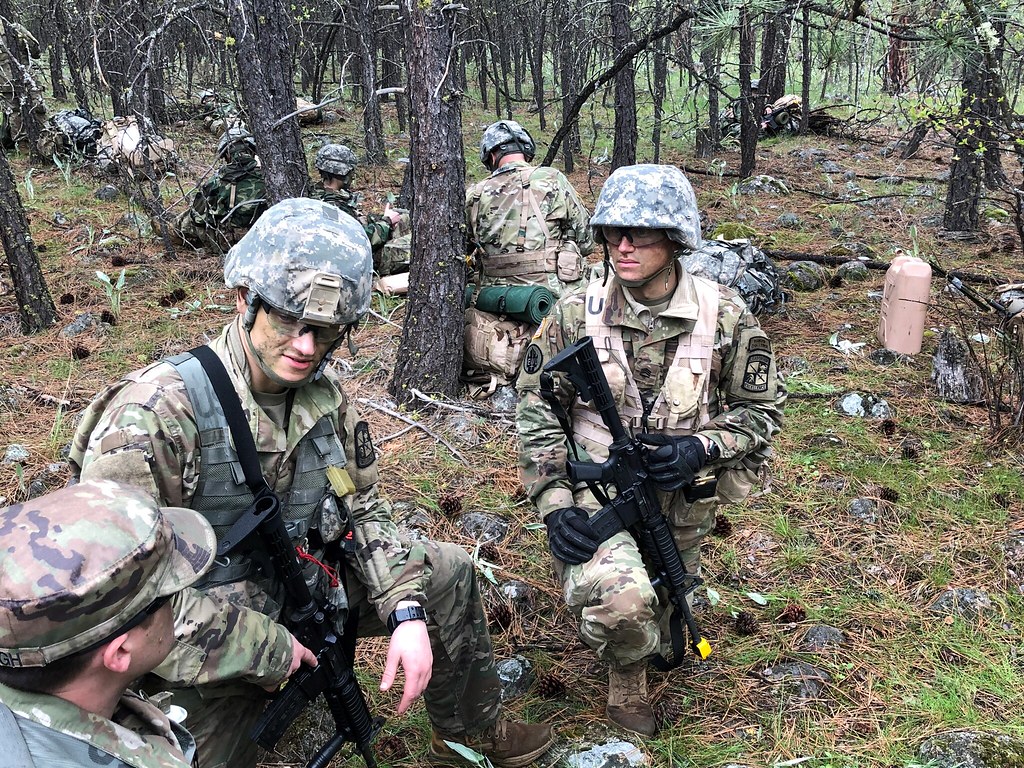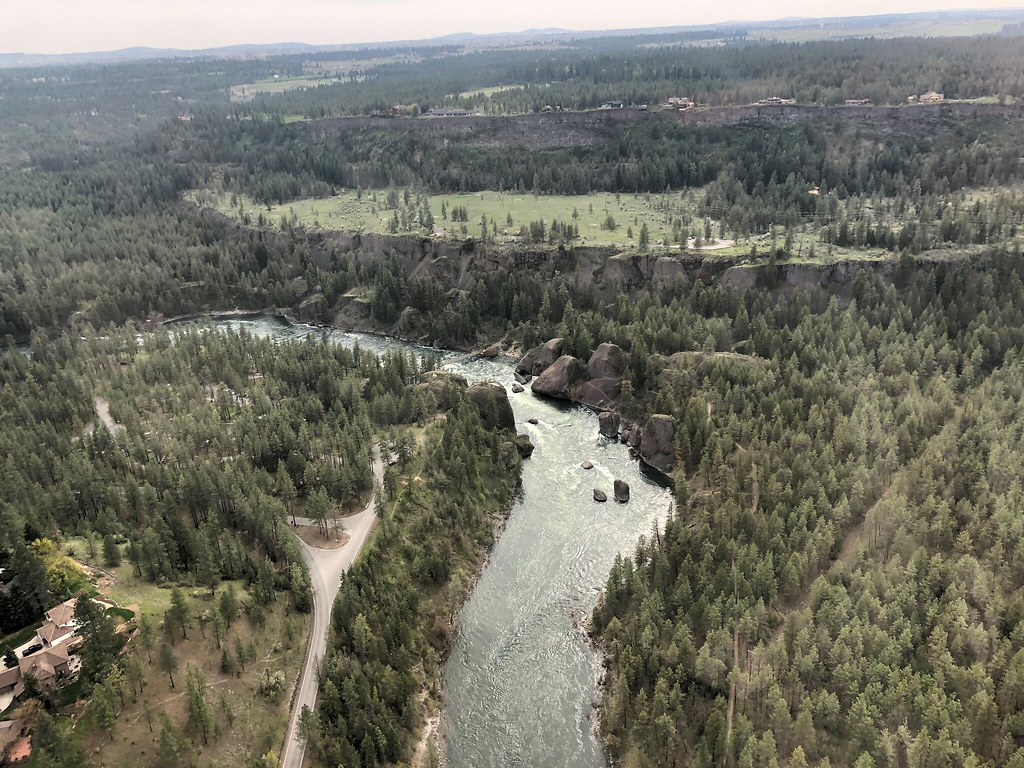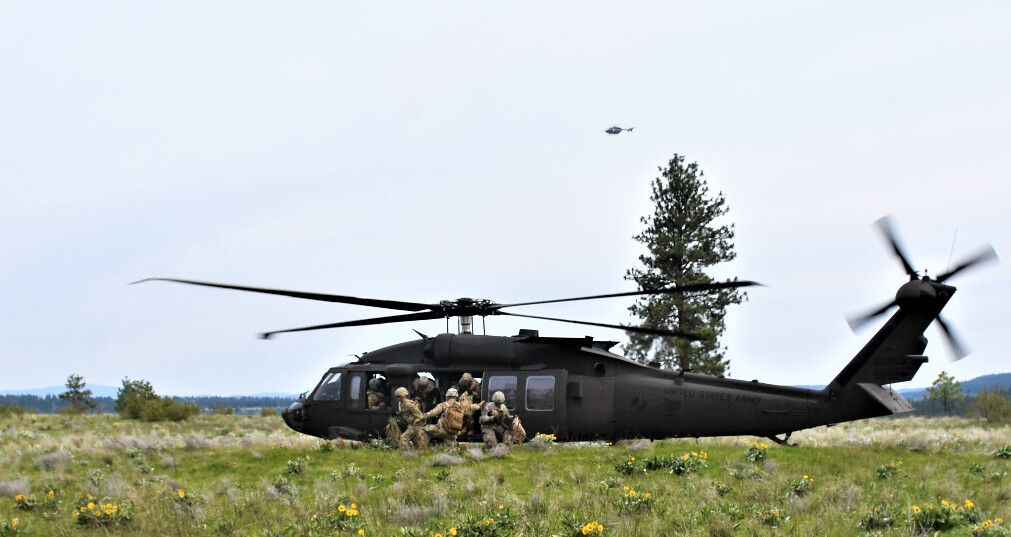EWU ROTC 2019 Award Ceremony
On May 2, 2019 the Eastern Washington University (EWU) Reserve Officer Training Corps (ROTC) program conducted its annual Award Ceremony. The ceremony was held in the Reading Room of the historic Hargreaves Hall on the EWU campus. The Award Ceremony is an opportunity for various organizations in the Spokane region to recognize outstanding EWU ROTC Cadets. It is also an opportunity to recognize Cadets with awards they received through national competitive nominations. Below are the pictures of all the presenters and Cadets that received awards during the Ceremony. Big thank you to all the organizations, EWU faculty, alumni, and supporters that came out to support out Fighting Eagles Cadets. Go ROTC! Go Fighting Eags!

Michor Gentemann presents the Association of the United States Army award to Cadet Kylie Crooks. Cadet Crooks stewardship contributed greatly to advance the military science department.

Michor Gentemann presents the Association of the United States Army Military History Award to Cadet Ian House. Cadet House has demonstrated the ability to balance Military Science requirements, extracurriculars and academics while maintaining a solid GPA.

Cadets Christian Goldbach and Jennafer Knight please come forward. Larry Neil presents the U.S. Reserve Officers Association awards. These Cadets are recognized for their contribution to advance the objectives of ROTC through citizenship, knowledge of civic responsibility, military orientation, self-discipline, and work ethic. Cadet Goldbach earned the Silver award and Cadet Knight earned the Bronze award. Congratulations to these Cadets.

LTC Stafford presents the Daughters of the Founders and Patriots of America award to Cadet Patrick Coleman. Cadet Coleman is recognized for displaying a high degree of excellence in military knowledge, leadership potential and reflects the ideals of patriotism.

John Davis presents the Sons of Union Veterans of the Civil War to Cadet Megan Baker. Cadet Baker epitomizes a high degree of patriotism, academic performance, and leadership.

Steven Epperson, Rob Weaks and Ken Holmes present the Special Forces Association Major General Robert Frederick Award to Cadet Josiah Bryan. Cadet Bryan earned this award for his incredibly sound tactical judgment.

Dean Wilson presents the American Legion Military and Scholastic Excellence awards to Cadets Scott Hinshaw and Jacob Villasenor. For Military Excellence, Cadets Hinshaw and Villasenor demonstrated academic excellence and a high level of military knowledge and leadership and discipline. Cadet Hinshaw earned the ‘gold’ award and Cadet Villasenor receives the ‘silver’ award.

For Scholastic Excellence, Cadets Bryce Stanton and Samantha Knight demonstrated scholastic excellence as well as the maturity and professional bearing that set an outstanding example for others. Cadet Stanton receives the ‘gold’ award and Cadet Knight receives the ‘silver’ award. Congratulations to each of these recipients.

Curlie Werner presents Cadet Emma LaTour the National Sojourners award. She demonstrated the ideals of Americanism, and she possesses the potential for outstanding leadership.

Curlie Werner presents the Scottish Rite Americanism Award to Cadet Cheyenne Sweet. Cadet Sweet distinguishes herself by exhibiting qualities of dependability, good character, citizenship and patriotism.

Randy Howard and Terry Lowery presents the Military Order of the Purple Heart Award to Cadet Austin Pfennig. Cadet Pfennig distinguished himself by demonstrating outstanding leadership as well as being active in the community, school, and ROTC.

LTC Stafford presents the Military Order of the World Wars ‘gold, silver, & bronze’ awards. These Cadets have distinguished themselves scholastically and by excelling in ROTC.
Cadet Guzman receives the Gold medal.
Cadet Drohman receives the Silver medal.
Cadet Burnside receives the Bronze medal.

Stan Wills presents the Sons of the American Revolution award to Cadet Evan Lien. Cadet Lien is recognized for showing a high degree of merit in military qualities, soldierly bearing, and all around excellence in ROTC.

Stan Wills presents the General Society of the War of 1812 award to Cadet Christopher Milward. Cadet Millward distinguished himself through a positive attitude, outstanding participation, and leadership attributes.

Mike Sevy presents the United Services Automobile Association Spirit Award to Cadet Jameson Palmer. Cadet Palmer was selected for his dedication to the community, university, and ROTC program.

LTC Stafford presents the Armed Forces Communications and Electronics Association award to Cadet Robert Wheeler. Cadet Wheeler has exemplified academic success and discipline as an engineering major while participating in his MSIII year of ROTC.

LTC Stafford presents the 101st Airborne Division Association Award Oregon Cascade Chapter to Cadet Coy Odiorne. Cadet Odiorne is in the top third of the ROTC class, and he possesses the traits of valor and fidelity requisite for an Airborne Soldier.

Dan Hillman presents the Veterans of Foreign Wars Award to Cadet Chad Triplett. Cadet Triplett has distinguished himself in ROTC through his diligence and concentrated effort in many areas of character and military leadership.

LTC Stafford presents the National Defense Transportation Association Award to Cadet John Howard, which he earned through a competitive process within our brigade. Cadet Howard distinguishes himself for outstanding accomplishments in logistics and leadership abilities, and he is branching into the Transportation Corps.

LTC Stafford presents the American Veterans of World War II award to Cadet Kyle Stanton. Cadet Stanton distinguished himself by his demonstrated discharge of duty and willingness to serve. Cadet Stanton sets a high standard in leadership and dedication to the Army and ROTC program.

LTC Stafford presents the Superior Cadet Decoration award to Cadets Bryce Stanton, Samantha Knight, Valentino Olmstead and Isabelle Erickson. These awards are presented to the Cadet of each class who are ranked number one based on overall grades, fitness and military excellence.

LTC Stafford presents the ROTC Distinguished Military Graduate Award to Cadets Bryce and Kyle Stanton. These cadets have distinguished themselves on the basis of moral character, military aptitude, academics and demonstrated leadership ability. Distinguished Military Graduates rank in the top 20 percent of Army ROTC graduates nationwide. Bryce also represented the Fighting Eagles at the George C. Marshall seminar.

LTC Stafford presents the EWU Army ROTC Certificate of Recognition and a plaque to Cadet Andreas Brazier. He has displayed outstanding academic and leadership attributes in ROTC, the community, and the University.

LTC Stafford presents the EWU Army ROTC Certificate of Recognition and a plaque to Cadet Kyle Collins. He has displayed outstanding academic and leadership attributes in ROTC, the community, and the University.

LTC Stafford presents the EWU Army ROTC Certificate of Recognition and a plaque to Cadet Liam Hewey. He has displayed outstanding academic and leadership attributes in ROTC, the community, and the University.

LTC Stafford presents the EWU Army ROTC Certificate of Recognition and a plaque to Cadet Everett Kuhnel. He has displayed outstanding academic and leadership attributes in ROTC, the community, and the University.

LTC Stafford presents the EWU Army ROTC Certificate of Recognition and a plaque to Cadet Lucas McCune. He has displayed outstanding academic and leadership attributes in ROTC, the community, and the University.

LTC Stafford presents the EWU Army ROTC Certificate of Recognition and a plaque to Cadet Sara Polello. She has displayed outstanding academic and leadership attributes in ROTC, the community, and the University.

LTC Stafford presents the EWU Army ROTC Certificate of Recognition and a plaque to Cadet Olivia Roble. She has displayed outstanding academic and leadership attributes in ROTC, the community, and the University.

LTC Stafford presents the EWU Army ROTC Certificate of Recognition and a plaque to Cadet Ethan Smart. He has displayed outstanding academic and leadership attributes in ROTC, the community, and the University.

LTC Stafford presents the EWU Army ROTC Certificate of Recognition and a plaque to Cadet Jacob Whitmer. He has displayed outstanding academic and leadership attributes in ROTC, the community, and the University.

Cadet Erling Anderson earned the Reserve Officer Association Gold Award and the Society of the American Military Engineers Award. Cadet Anderson earned the engineer award through a competitive process within our brigade. Due to a class conflict Cadet Anderson was not able to attend, but his mother accepted the award on his behalf.

Cadet Haley Bent due to a class conflict was not able to attend the ceremony. She earned the Daughters of the American Revolution Award, the National Defense Industrial Association Award, and the Cadet of the Year award. She also graduates as a Distinguished Military Graduate. She also represented the Fighting Eagles Battalion at the Mission Command Conference at West Point, New York.

SGT Timothy Bowes (National Guard), Felicia Jensen (Deans Office), Courtney Susemiehl (Philanthropy), SFC Eddie Quimby (USAREC), and the Spokane County Fire District #3: Station 31 were recognized with certificates and tokens in appreciation of their support to the ROTC program over the past year.

LTC Jonathan Stafford awards a Meritorious Service Medal to Sergeant First Class (SFC) Jason Hennig for his two years of outstanding dedication and performance to the Fighting Eagles Battalion.




